Victoria’s infrastructure strategy 2021-2051
PublishedDec 07, 2021
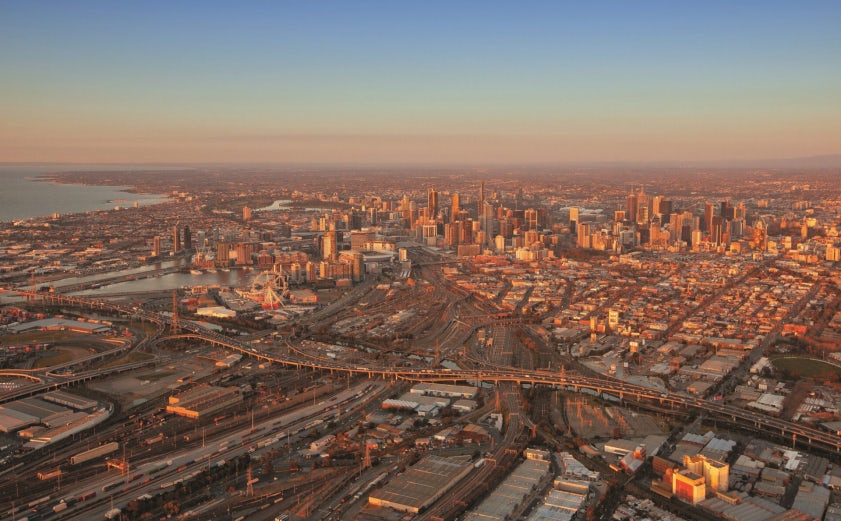
About the strategy
Victoria's 30-year infrastructure strategy provides a practical roadmap for action over the next 30 years across a broad range of public policy areas including housing, energy, transport and social infrastructure.
Preparing a 30-year infrastructure strategy for the state is one of our 3 key functions as an independent advisory body. It is refreshed every 3 to 5 years.
We are currently updating the 30-year infrastructure strategy. Find out more.
Strategy sections
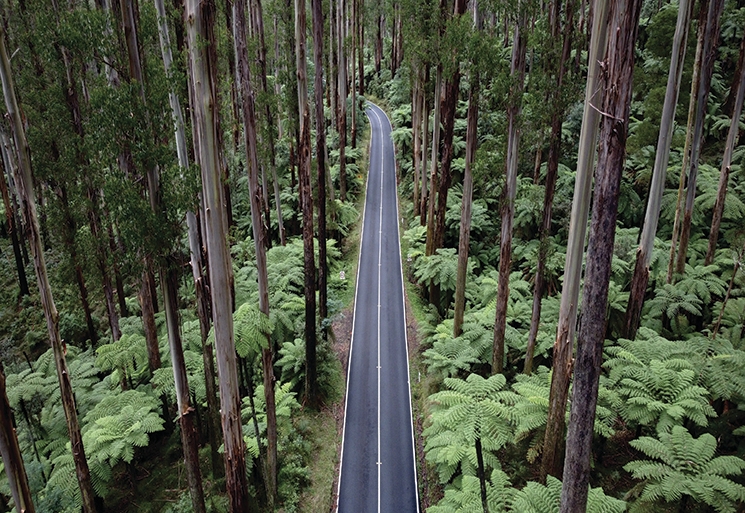
1. Confront long-term challenges
Long-term planning will help Victoria to better prepare for the future, build resilience, and achieve multiple long-term goals
Read more in the PDF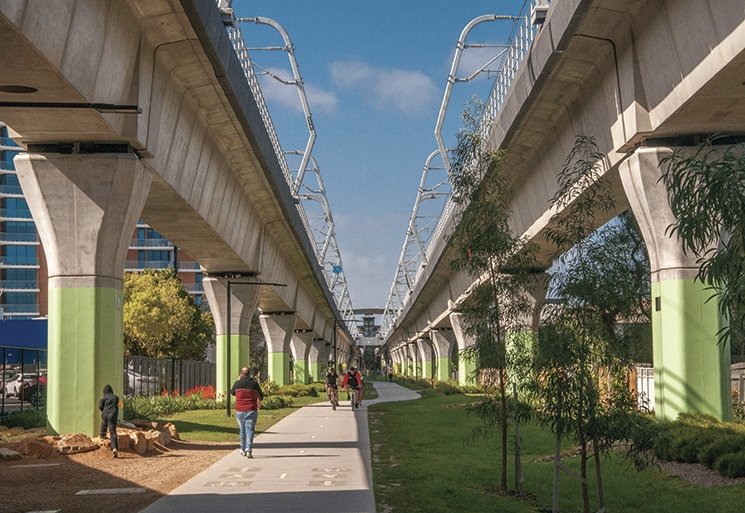
2. Manage urban changes
Planning reform and transport infrastructure can affect people’s preferences and choices about where they live.
Read more in the PDF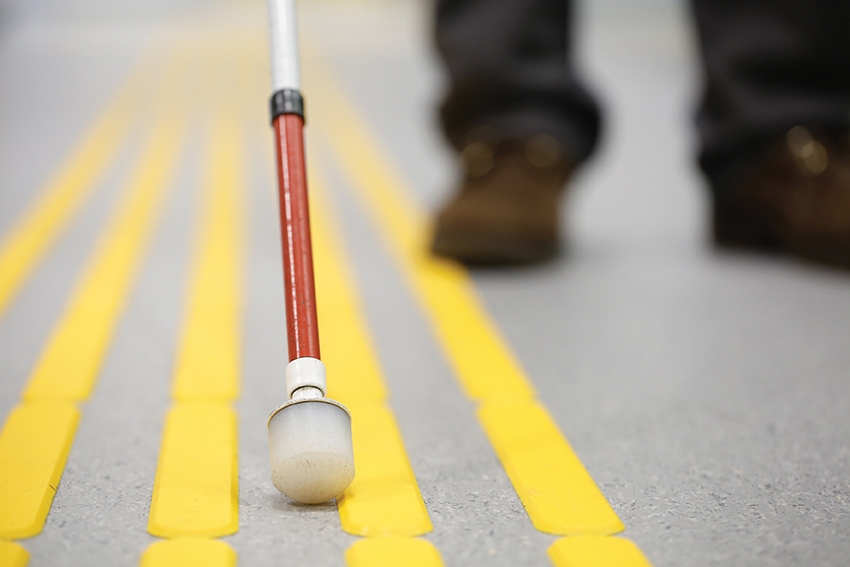
3. Infrastructure for productivity and growth
Concentrate investment where it can do the most good, enable services and infrastructure to meet future demand.
Read more in the PDF
4. Develop regional Victoria
Each region of Victoria has its own unique character and diverse needs, and solutions must suit local conditions and be flexible
Read more in the PDFTimeline
December 2016
Completion of Victoria's first ever statewide, cross-sector 30-year infrastructure strategy
October 2017
Release of the Victorian infrastructure plan, the Victorian Government's response to our 30-year infrastructure strategy
April 2019
Release of Growing Victoria's potential, the first release to support the 30-year infrastructure strategy
Throughout 2019 - 2020
Work to update 30-year infrastructure strategy
December 2020
Draft 30-year infrastructure strategy
December 2019 - early 2021
Consultation on draft 30-year infrastructure strategy
August 2021
Publish Victoria's infrastructure strategy 2021 - 2051
Research reports
Volume 2 appendices: Victoria's infrastructure strategy 2021-2051
This Infrastructure Victoria report volume 2 provides an updated statewide infrastructure strategy for Victoria. It provides further evidence and analysis for our update of the state's 30-year infrastructure strategy.
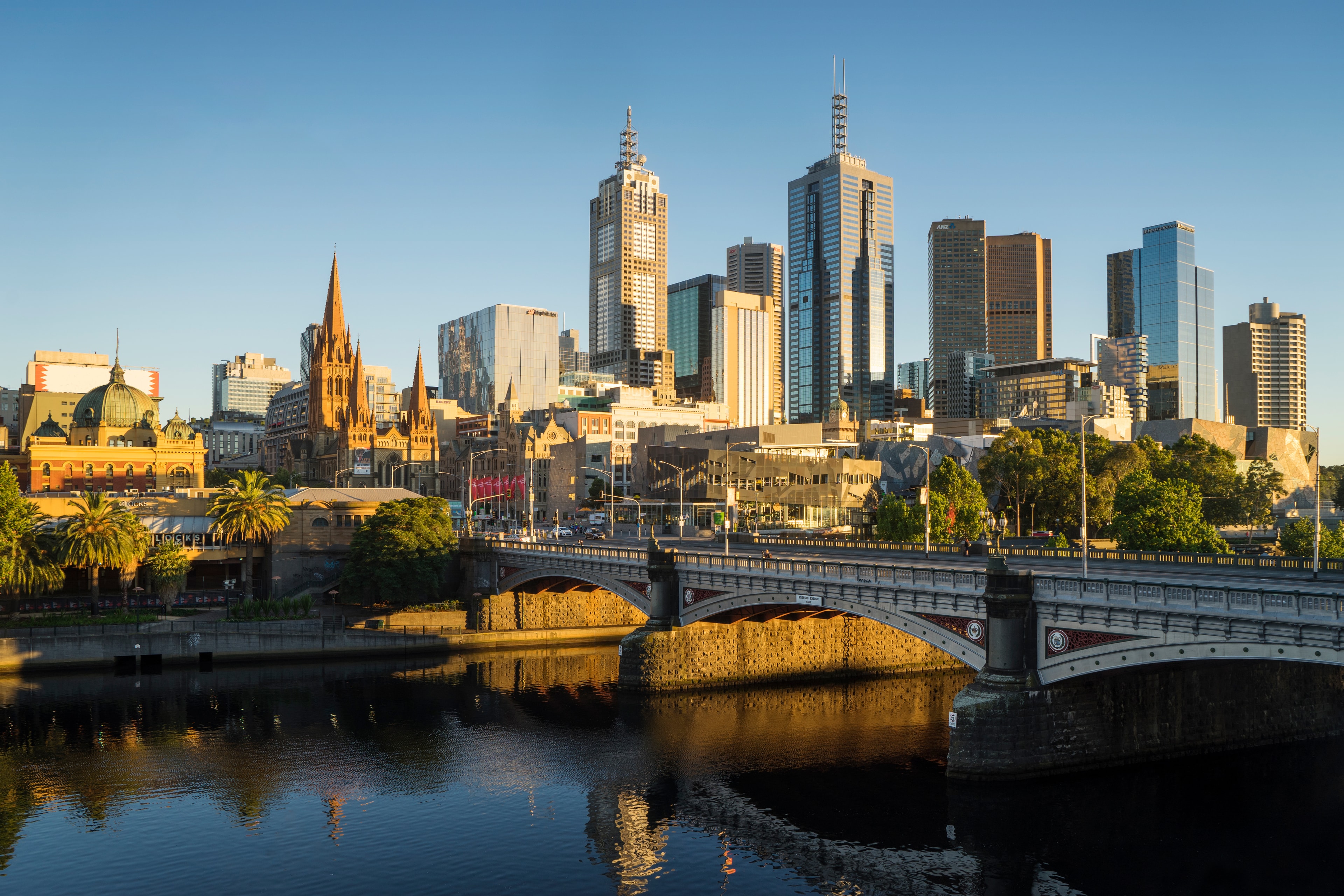
Social infrastructure in Melbourne's growth areas
Government funding is needed for libraries and aquatic centres in suburban growth areas.

Major transport program strategic assessment report
Six proposed major transport projects are assessed for their economic, social and environmental impacts.
Growing Victoria's potential
A snapshot of Victoria’s growth and how we can ensure areas and communities thrive as the population grows.
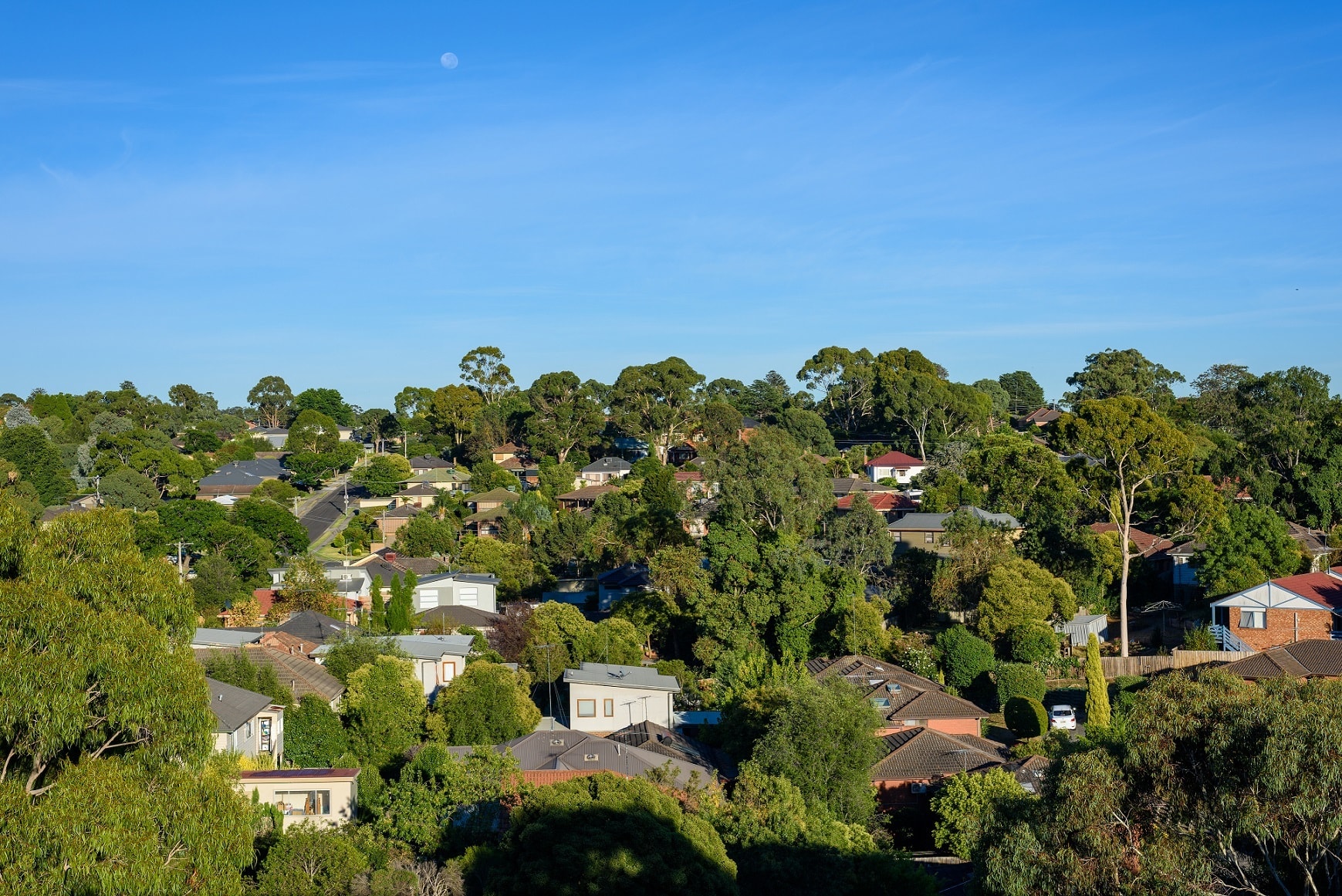
Victorian land use and transport integration model architecture report
Overview of the Victorian Land Use and Transport Integration (VLUTI) model, developed by Infrastructure Victoria
Driving down emissions: accelerating Victoria’s zero emissions vehicle uptake
Key findings to inform Victoria’s infrastructure strategy 2021-2051.
Supporting documents
Summary analytical report: influencing greenfield housing demand qualitative research
Technical document
PDF 2MB
Download
Economic outcomes report: major transport infrastructure
Technical document
PDF 11MB
Download
Public engagement report: Victoria's infrastructure strategy 2021-2051
Engagement report
PDF 1MB
Download
Latest updates
Public submissions on Victoria’s infrastructure strategy objectives
Read the public submissions on the objectives of the 2025 update to Victoria’s infrastructure strategy.

Strategy objectives engagement report 2023
This report explains how Infrastructure Victoria connected with the community to shape the objectives of Victoria’s 2025-2055 infrastructure strategy.